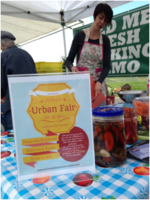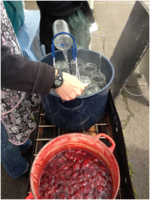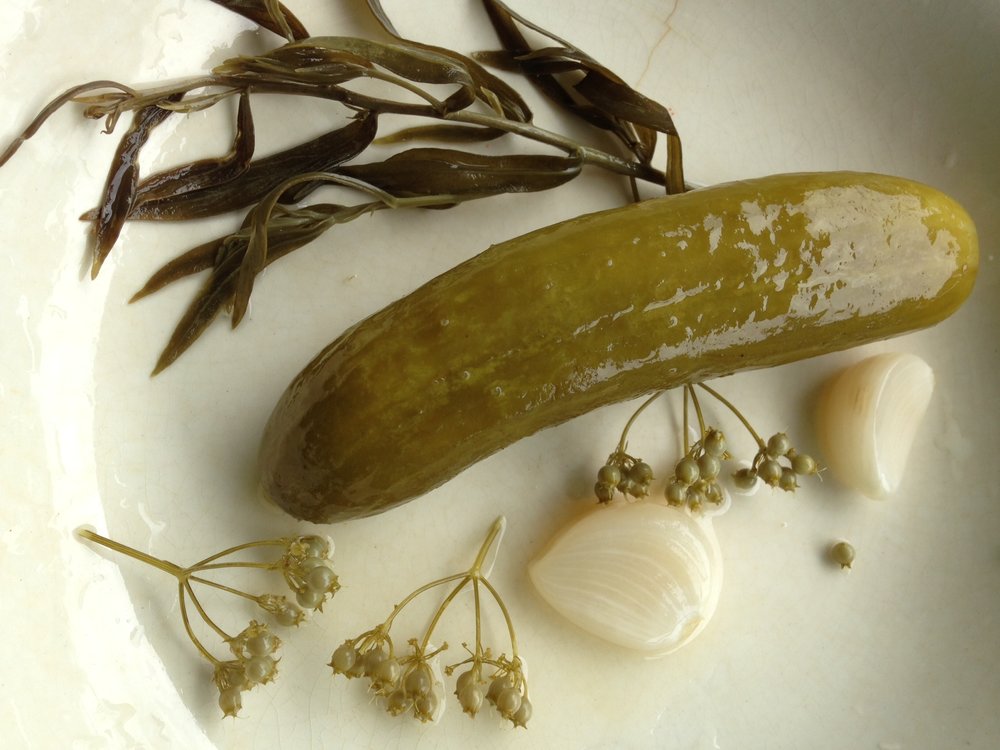Preserving Resources
Guest User
Whether you are new to preserving or have been canning your whole life, online and print resources are a great tool for learning the basics or staying up to date on the latest food safety recommendations. Below is a list of resources we recommend for home-canning techniques and recipes:
Online Resources
The National Center for Home Food Preservation
If there is a one-stop shop for home canning information, this is it! Run by the University of Georgia Extension, NCHFP offers free food safety bulletins and home-preservation training through online tutorials, as well as extensive supporting resources.
http://nchfp.uga.edu/index.html
USDA Complete Guide to Home Canning
A comprehensive publication that is the last word on safely processing foods at home.
http://nchfp.uga.edu/publications/publications_usda.html
The Oregonian’s Introduction to Home Canning
An easy to reference trouble-shooting resource for beginning canners.
http://www.oregonlive.com/foodday/index.ssf/2009/08/introduction_to_home_canning.html
Food in Jars: Canning 101
There are a number of blogs out there to teach you about home canning. We liked Food in Jars’ Canning 101 archive because it offers a well-organized list of home canning topics.
http://foodinjars.com/canning-101-archive/
Print Resources
The Ball Blue Book was (and still is) the go-to publication for home preservers, but visit any Portland bookstore now and you’ll find that the number of home canning recipe books on the shelves is overwhelming in its scope. These are a few of our tried-and-true favorites, with an eye for small batch, fresh, and innovative recipes:
Canning for a New Generation: Bold, Fresh Flavors for the Modern Pantry by Liana Krissoff
A comprehensive guide to all things water-bath-cannable, plus recipes for using some of those preserves for breakfast, lunch or dinner.
Mes Confitures: The Jams and Jellies of Christine Ferber by Christine Ferber, translated by Virginia R. Phillips
The queen of confiture, Christine Ferber’s elegant recipes have garnered a foodie cult following. Often incorporating an overnight maceration, her jams and jellies bring out the best of their ingredients in this jam-making master class of a book. (Not recommended as a beginner’s guide as the book does not explain the basics of water bath canning.)
The Joy of Jams, Jellies, and Other Sweet Preserves: 200 Classic and Contemporary Recipes Showcasing the Fabulous Flavors of Fresh Fruits, by Linda Ziedrich
Clearly written, comprehensive guide to preserving farmers’ market fruits written by Scio, Oregon resident.
The Joy of Pickling: 250 Flavor-Packed Recipes for Vegetables and More from Garden or Market, by Linda Ziedrich
Same as above, but for pickles. Great collection of recipes!
The Complete Book of Small-Batch Preserving: Over 300 Recipes to Use Year-Round, by Ellie Top and Margaret Howard
A wide-ranging collection of recipes focusing on small-batches, so you can have your canning and eat it, too (without staying up past midnight).
compiled by Sarah West
Want a copy of this list? Download a copy here (link).





